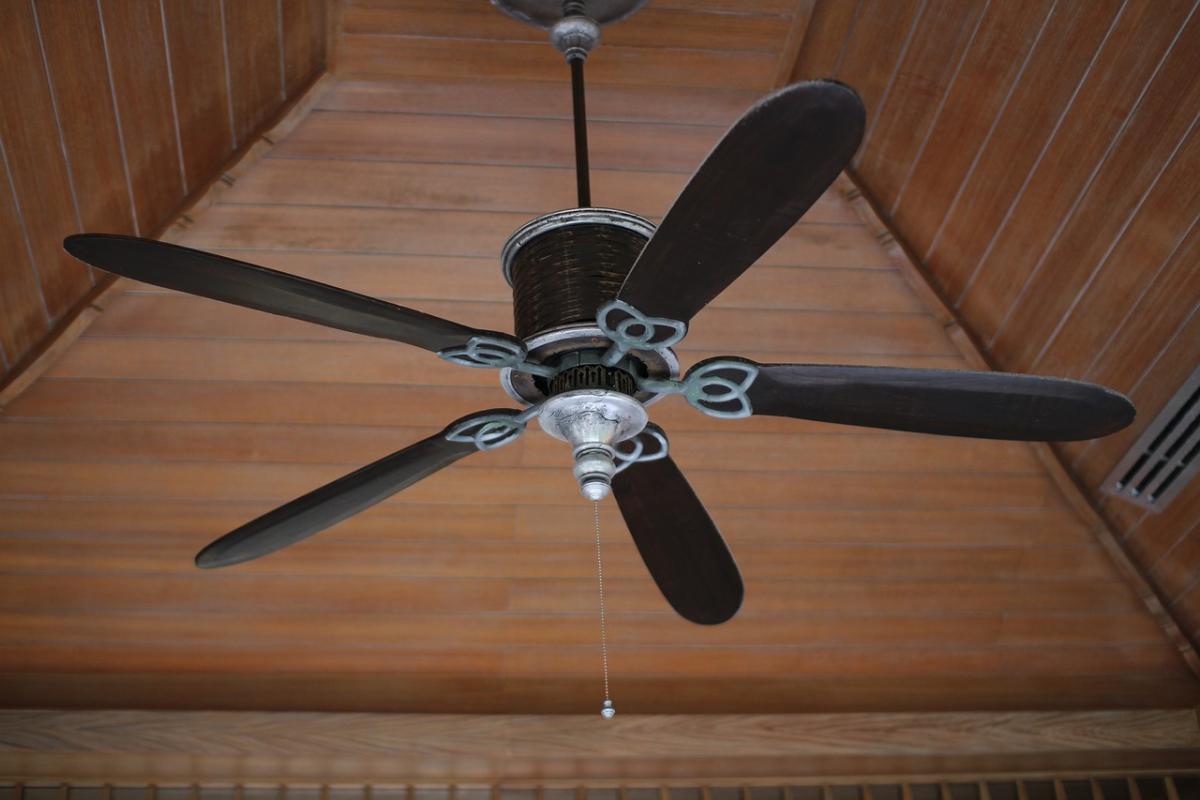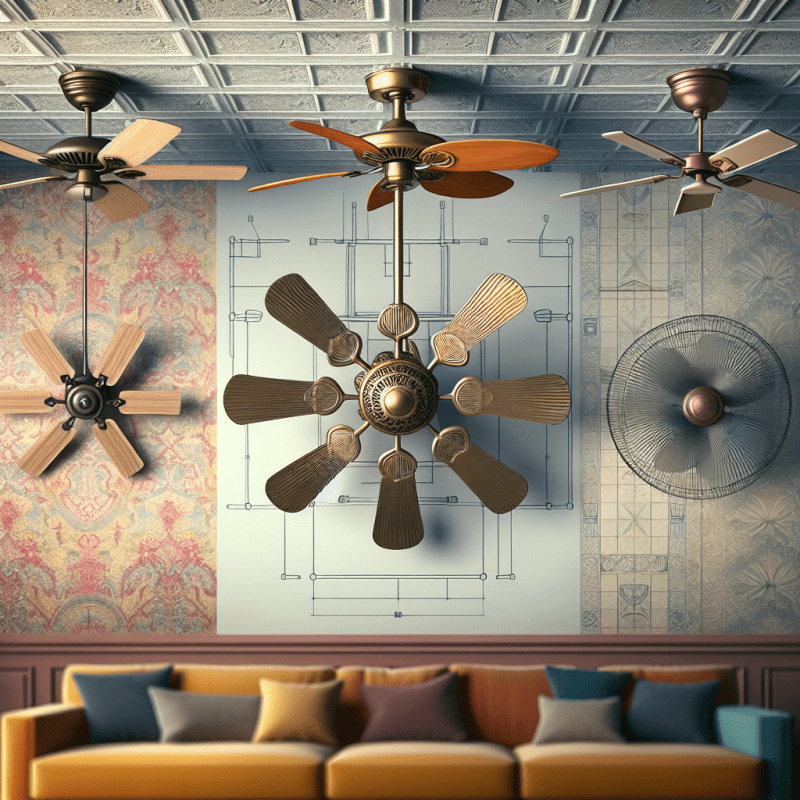Ceiling fans are a fantastic addition to any room, providing both comfort and style. However, many people overlook the importance of proper placement when installing a ceiling fan. Optimal height of ceiling fans can make a significant difference in a room's overall air circulation and efficiency.
One of the key benefits of ensuring the proper height of ceiling fans is improved air circulation. When a ceiling fan is positioned too low or too high, it may not be able to effectively distribute air throughout the room. By installing the fan at the ideal height, you can ensure that air is circulated evenly, creating a more comfortable and consistent temperature in the space.
Another advantage of optimal ceiling fan placement is energy efficiency. When a ceiling fan is positioned correctly, it can help to reduce the strain on your heating and cooling systems. By circulating air effectively, the fan can help to maintain a comfortable temperature in the room, allowing you to rely less on heating or air conditioning.
In addition to improving air circulation and energy efficiency, placing your ceiling fan at the right height can also enhance the overall aesthetic of the room. A fan that is positioned too low or too high can disrupt the room's visual balance and flow. By installing the fan at the optimal height, you can ensure that it complements the room's décor and adds to its overall appeal.
Determining the Right Size for Your Room
When it comes to selecting the ideal height of ceiling fans for your room, it's essential to consider the size of the space. A general rule of thumb is to have a fan that is proportional to the room's dimensions. For smaller rooms, such as bedrooms or bathrooms, a standard-sized ceiling fan with a blade span of 44 inches or less would be suitable. Larger rooms, like living rooms or kitchens, may require ceiling fans with a blade span of 52 inches or more to effectively circulate air.
In addition to the size of the room, the height of the ceiling also plays a crucial role in determining the right size of ceiling fans. For rooms with standard ceiling heights of 8 to 9 feet, a flush-mounted ceiling fan is recommended to ensure proper air circulation. Rooms with higher ceilings, such as vaulted or cathedral ceilings, may benefit from a ceiling fan with a downrod extension to bring the fan closer to the living space and maximize airflow.
Another factor to consider when selecting the height of ceiling fans is the overall aesthetic of the room. A ceiling fan that is too large or too small for the space can disrupt the visual harmony of the room. It's important to choose a fan size that complements the room's decor and doesn't overwhelm or underwhelm the space. By taking into account the size of the room, the height of the ceiling, and the overall design aesthetic, you can select the perfect ceiling fan that not only looks great but also functions effectively in circulating air throughout the room.
Understanding Blade Pitch for Efficient Cooling
When it comes to maximizing the efficiency of your ceiling fan, understanding the blade pitch is key. The blade pitch refers to the angle at which the blades are set on the fan. This angle plays a crucial role in determining how effectively the fan can circulate air in a room. For optimal cooling performance, it is important to choose a ceiling fan with the right blade pitch.
The height of ceiling fans also plays a significant role in their cooling effectiveness. Ceiling fans should ideally be installed at a height of 8-9 feet above the floor for the best air circulation. This height allows the fan to effectively circulate air throughout the room without creating any drafts or noise. Installing the fan at the right height ensures that it can efficiently cool the room without any hindrances.
Choosing a ceiling fan with the correct blade pitch and installing it at the ideal height can greatly enhance its cooling capabilities. Fans with a steeper blade pitch are more suitable for larger rooms or areas with higher ceilings, as they can move more air effectively. On the other hand, fans with a shallower blade pitch are better suited for smaller rooms or areas with lower ceilings, as they can provide more gentle airflow.
Tips for Achieving the Perfect Air Circulation
When it comes to achieving the perfect air circulation in your home, the height of ceiling fans plays a crucial role. Here are some tips to help you optimize the airflow in your space:
First and foremost, make sure that your ceiling fan is installed at the right height. The ideal height for ceiling fans is typically between 7 and 9 feet above the floor. This ensures that the air is circulated effectively throughout the room without causing any discomfort.
One important tip to remember is to adjust the fan's direction based on the season. During the summer months, the fan should run counterclockwise to create a cooling breeze. In the winter, switch the fan to a clockwise rotation to help distribute warm air more evenly throughout the room.
It's also a good idea to clean your ceiling fan regularly to maintain its efficiency. Dust buildup on the blades can disrupt the airflow and cause the fan to work harder than necessary. By keeping your fan clean, you can ensure that it operates at its best.



